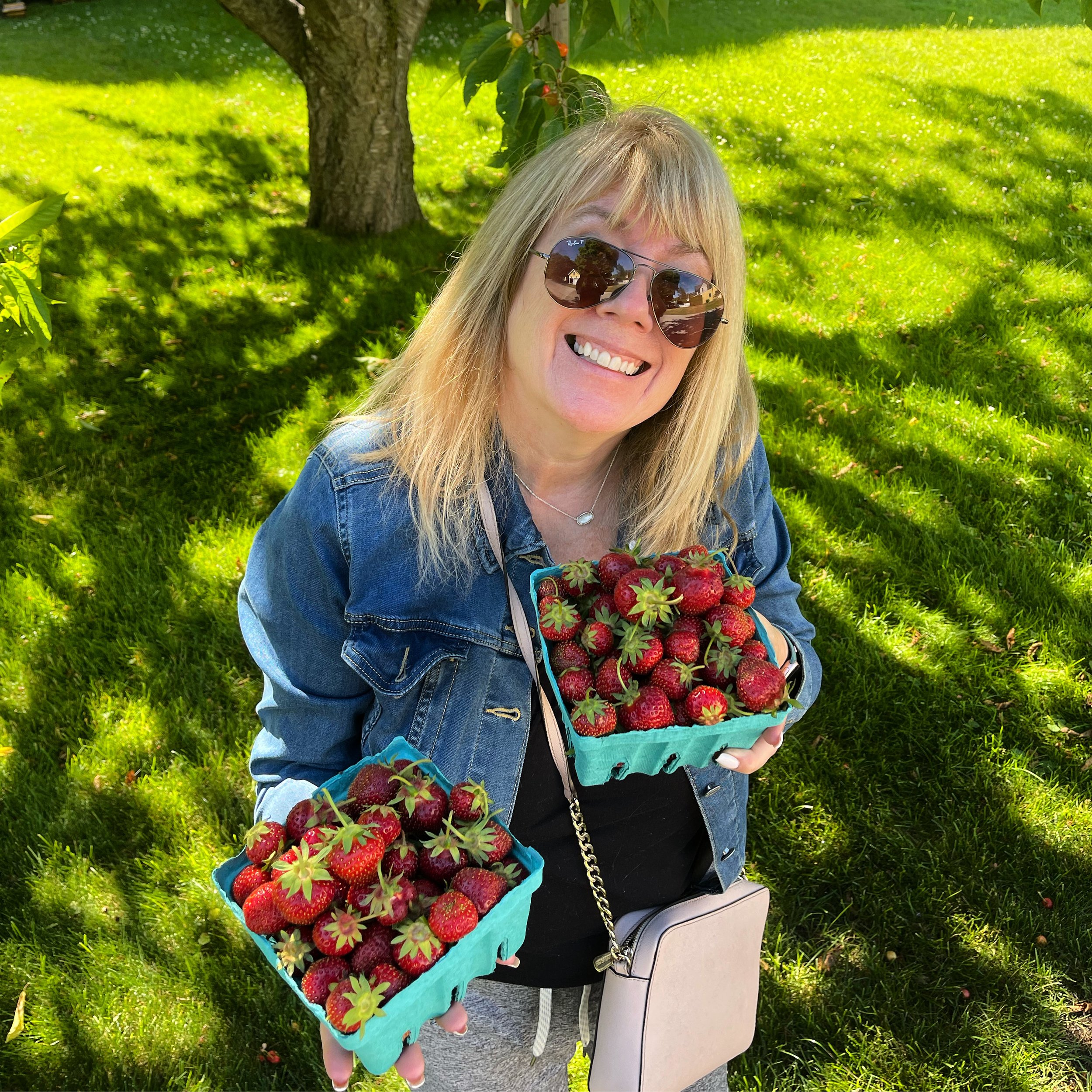Writing romance is a crazy balancing act. It’s about telling a good story, building chemistry between characters, all while creating a genuine connection with the reader.
Critics who describe the romance genre as being ‘paint by numbers’ have always drawn my ire. The description is so dismissive of the genre’s essence. And nothing could be further from the truth. The romance writers I know work very hard at their craft. And there are so many stories being written, I can always discover something new.
If you are new to writing romance, then you may need to know the basics of a romance plot. Knowing the rules, means that you can break and bend them to your will. And that’s the reason that romance continues to evolve and become more inclusive. Which warms the cockles of my heart because the truth is that I want everyone to be happy.
A Romance has 9 Story Beats:
1. Introduce Hero 1 and Hero 2
What does your main character need to overcome in order to find love? Tell us about their internal and external obstacles. That’s the romance arc. Two characters must overcome their own emotional wounds to be together.
2. The Meet Cute
Legends are made here. Sizzling attraction. Chemistry that can only be put out with a heat-proof fire blanket. It can be instalove or instahate. The only thing in the world more wonderful than a fabulous ‘meet cute’ is the grand gesture that gives the reader goosebumps. But that comes later and to be honest there is NOTHING better than a wonderful Meet Cute.
3. The No Way
But I object. This is SO not happening. You give me ‘the icks.’ One of the heroes may find their infatuation has lost its luster, or it’s more likely that an external obstacle has reared its ugly head. No doubt a supporting character will pop up to issue a warning about why this relationship is doomed.
4. Turning Point (But wait just maybe…)
Oh yes, the magic eight ball is giving signs that love is in the air, but an obstacle (internal or external) or a plot point will turn the story in a new direction and make the characters face the fact that they aren’t ready for love yet.
5. The Midpoint - Raising the Stakes
Your characters think they are falling in love but their false beliefs haven’t been challenged. But your main characters couldn’t care less, the sexual heat is on fire. And they are falling fast and hard. It’s a good time to make sure the readers know that the stakes couldn’t get much higher. The characters are putting it all on the line.
6. Really No Way
I mean it this time. Something or someone is standing in the way of true love’s desire. And it looks like our heroes might give up. Why did they ever think this could work?
7. Turning Point II (This is so not going to happen)
Oh yes. Just when you didn’t think the stakes could get any higher, they do. Reach for the stars. Make your characters earn their love for each other. Keep your readers on the edge of their comfy reading chairs. Conflict is what it’s all about.
8. Crisis
Love is Impossible. If your characters are going to break up. This is where it’s going to happen. The heroes will have to make the changes necessary to heal their emotional wounds. The only solution for the crisis point in a romance novel is a grand gesture that will make your readers weep and get right to the heart of the emotional wounds your two heroes. Which will take us right to the next story beat.
9. Happily Ever After or Happily For Now Ending
A happy ending is the promise of the genre. Every romance book will leave the reader feeling hopeful for the future. If it doesn’t then it isn’t a romance.
Download a Romance Beat Sheet Here
Many romance novels feature two characters falling in love, but there is no reason why romances can’t feature three, four, five, or more characters who are involved in a romantic relationship.
Authors structuring these stories will need to introduce H1 and H2, but then also H3, H4, etc. They’ll need a meet cute and a ‘no way’ moment. They’ll all need to experience turning points, the highs and lows. Including the Crisis Point, the No Way and the Happily Ever After or Happily For Now.
The added challenge comes in giving all of the lovers’ plots and character arcs. You’ll need to use multiple beat sheets and include each character’s main beats, noting where they converge with others and where they diverge.
More characters in a romance story adds a challenge, and of course, will tempts chaos but it also gives authors more opportunities to explore different dynamics between different characters and their personalities.




